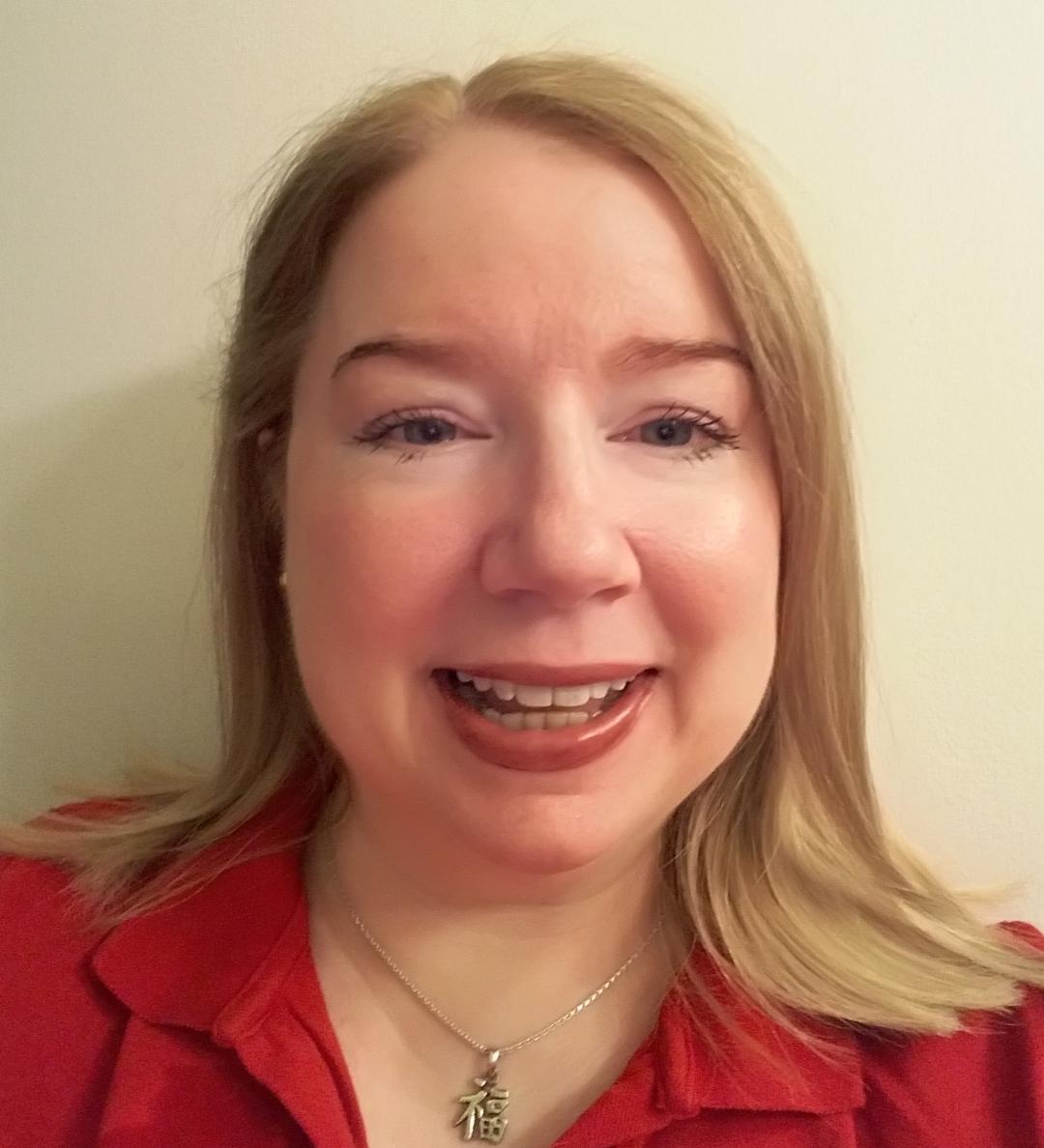Celebrating the Art of Diane-Blair Goodpasture
Sep 06, 2022
This week Religion for Her is featuring the art of Diane-Blair Goodpasture (www.goodpastureart.com) who has crafted an entire series of works featuring biblical women. This week's social media posts will showcase some of Diane-Blair's pieces from the series.
As a way to introduce her as an artist to the Religion for Her community, Diane-Blair has graciously responded to some interview questions about herself, her art, and interpreting the Bible as an artist. Here are her responses to our questions.

What kinds of media do you work with?
My entry in to the art world began with a community ed course in stained glass. I just attended the first few lessons and then ran with it. I really wanted to do my own thing. I learned mostly by trial and error. One thing that worked out really well for me was soldering beads and ceramics into the glass designs as well as elevating certain pieces of glass to try to create a threedimensional look. I also like to make designs out of copper foil overlays. Glass and metals have been hit disproportionately by inflation. So, I have to take cost into consideration. I recently branched out into less expensive media, like painting, and I rediscovered needlepoint from my childhood. The only problem is that lately it has been causing arthritis in my hands. I have had to take a break from it. I also like to make small figurines out of Fimo clay, and I hand sew dolls.
What inspired the Biblical Women series? Tell us more about what goes into your thinking when you consider how to portray a woman from the Bible or sacred literature?
I noticed that in most art biblical women were portrayed as passive and with Nordic features. I wanted to portray powerful women in a positive light. No one really knows for certain how people looked thousands of years ago. So, I decided to portray them as Middle Eastern people tend to look today.
Tell us about the piece featured in the blog of biblical Rahab.
My rendition of Tamar followed by Judith have received the most attention. I don’t understand why Rahab has not intrigued more people. Like Jael, she was a foreigner who risked her life to save the Hebrews. People have a tendency to judge historical people with a 21st century lens. Today we still have issues with women’s sexuality and acknowledging strong versus aggressive women, e.g. Mrs. Potiphar and Judith. To me Rahab represents, strength, redemption, and renaissance. I don’t know why she isn’t seen more often as a symbol hope for women going through rehab, recovering from being trafficked, making major life changes, et cetera. At some point in the future I want to add butterflies to Rahab, as they represent the soul and metamorphosis. Unfortunately, beads have also become very expensive and difficult to find.
Do you think that artists who portray biblical characters are interpreters of the Bible or sacred literature? How does it feel to interpret sacred literature as an artist and what kinds of considerations are important when creating a piece?
In order to interpret biblical characters I research as much as I can. I also take into consideration Midrashic and sometimes Qu’ranic depictions, as well as Judeo-Christian traditions. Like the authors of Midrashim, I sometimes have to “fill in the blank spaces.” I see biblical characters as regular people with flaws like everyone else. The difference is that they were chosen by God for certain purposes.
What are some of your future projects?
I have become interested in people who argued with the word of God. I am trying to imagine how I will represent Zelophehad’s daughters.

